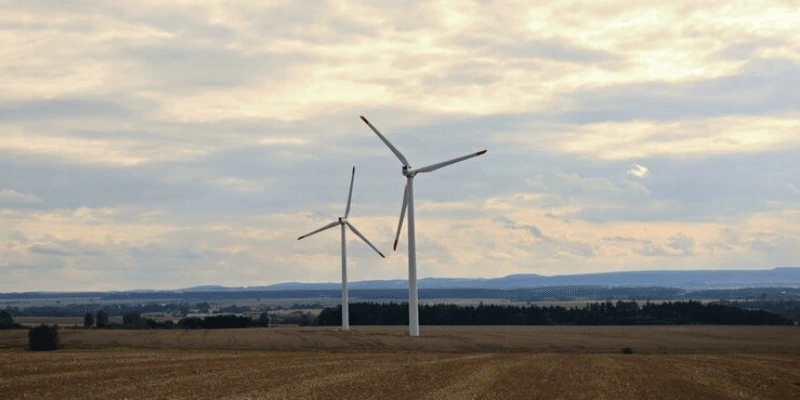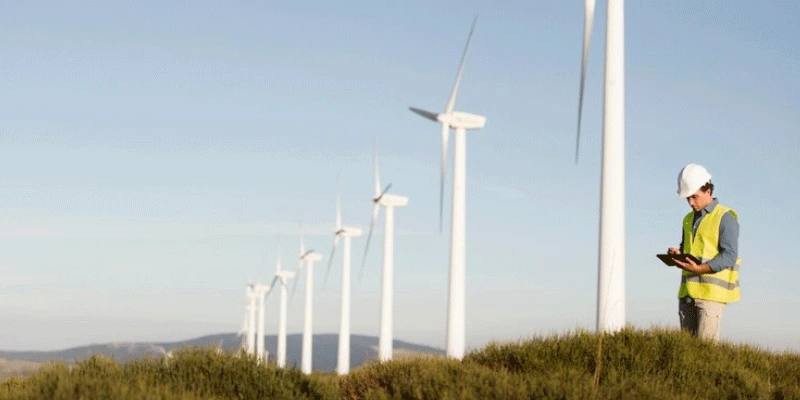Steel towers play a crucial role in the design and performance of windmills, directly impacting their efficiency, durability, and overall contribution to renewable energy production. As the demand for sustainable energy sources grows, the importance of well-designed and durable steel towers in supporting wind turbines becomes even more evident. This article explores how steel towers enhance windmill functionality, their unique advantages, and why they are a preferred choice in the renewable energy sector.
How Steel Towers Enhance Windmill Efficiency
1. Optimal Height for Wind Capture
Steel towers provide the height needed to access stronger and more stable winds found at higher altitudes. Wind speed increases with height due to reduced ground interference, making taller towers crucial for maximizing energy output. By elevating the windmill to these optimal levels, steel towers enable turbines to generate more electricity consistently.
2. Structural Stability
The efficiency of a windmill depends significantly on the stability of its foundation and tower. Steel’s inherent strength ensures that the tower remains stable even under high wind speeds and turbulent conditions. A stable structure minimizes vibrations, allowing the turbine to operate smoothly and efficiently.
3. Reducing Energy Loss
The smooth surface of steel towers reduces air resistance and drag, improving the overall aerodynamic efficiency of the windmill. This design feature ensures that the turbine captures the maximum possible energy from the wind, translating into higher electricity generation.
Durability and Longevity of Steel Towers
1. Resistance to Environmental Factors
Steel towers are designed to withstand harsh environmental conditions, including strong winds, heavy rainfall, and extreme temperatures. They are often coated with protective layers to prevent corrosion, ensuring longevity even in coastal or high-humidity regions.
2. Load-Bearing Capacity
Wind turbines are heavy structures, with the nacelle and rotor blades weighing several tons. Steel towers have the strength and load-bearing capacity to support these components without compromising safety or performance.
3. Adaptability to Advanced Designs
Modern windmills are getting larger to increase energy production. Steel towers are highly adaptable to these advancements, offering the flexibility to support larger turbines and meet the evolving demands of renewable energy projects.
Advantages of Steel Towers in Wind Energy
1. Sustainability
Steel is one of the most recyclable materials, making it an eco-friendly choice for wind turbine towers. At the end of their life cycle, steel towers can be dismantled and recycled, contributing to a circular economy.
2. Ease of Fabrication
Steel towers are manufactured in sections, which makes them easy to transport and assemble on-site. Their modular design also allows for customization, enabling engineers to tailor the tower’s height and specifications to suit specific wind conditions and project requirements.
3. Cost-Effectiveness
While steel towers require significant initial investment, their durability and low maintenance costs make them cost-effective in the long run. Their ability to withstand wear and tear reduces the need for frequent repairs or replacements, providing excellent value over their lifespan.
Challenges and Innovations in Steel Tower Design
1. Transportation and Installation
Transporting large steel sections to remote or offshore locations can be challenging. However, advancements in modular construction and logistics have made it easier to overcome these obstacles. Prefabricated sections can now be transported more efficiently and assembled quickly on-site.
2. Weight Reduction
Steel towers are heavy, which can pose challenges for installation and foundation design. To address this, manufacturers are exploring hybrid towers that combine steel with lighter materials like concrete or composites. These innovations aim to reduce overall weight while maintaining structural integrity.
3. Increasing Heights
As turbines grow larger, the demand for taller towers increases. Steel towers are being engineered to reach heights exceeding 100 meters, enabling access to stronger winds at higher altitudes. Advanced materials and manufacturing techniques are helping achieve these new height benchmarks without compromising stability.
Conclusion
Steel towers are an integral component of windmills, playing a vital role in their efficiency, durability, and adaptability. Their ability to elevate turbines to optimal heights, withstand harsh environmental conditions, and support evolving energy demands makes them indispensable in the renewable energy sector. As technology advances, steel towers will continue to revolutionize wind energy, driving us closer to a more sustainable future. With their unmatched strength, versatility, and eco-friendliness, steel towers are truly the backbone of windmill efficiency and durability.



